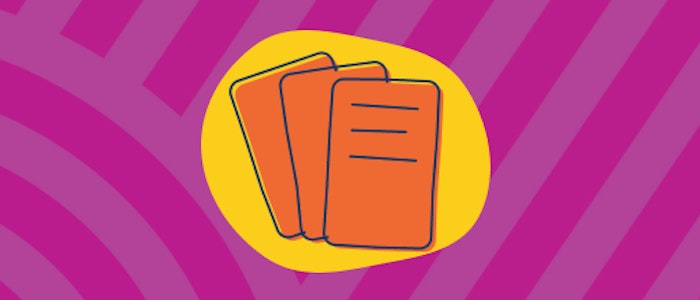AuSAP FAQs
Answers to some of the most commonly asked questions about AuSAP
Purpose, aims and outcomes
AuSAP aims to make sure people with disabilities and medical conditions have access to suitable and safe vehicle restraint systems. This program assesses (including sled crash testing) specialty vehicle restraint systems and develops independent prescribing advice and information about products. This supports MACA trained professionals in prescribing suitable vehicle restraint options and gives greater choice in vehicle restraint products.
AuSAP supports the rights of people with disabilities and medical conditions to suitable and safe products where they are unable to travel safely and comfortably in ‘regular’ child restraints (of which we have long-established safety standards) or vehicle seatbelts.
It further expands safe transport options by making it easier for organisations to supply and promote products in Australia. This increases choice and better meets the needs of people with disabilities and medical conditions and their families.
Helen Lindner, MACA’s Chief Executive, initiated assessment of the special purpose car seats available in Victoria in 2013, when working with VicRoads, the road agency for Victoria. At the time, this work informed government funding and prescribing practices for Victorian allied health professionals.
AuSAP builds on this earlier work, however it is more comprehensive, nationwide, and includes all restraint types (i.e., not just special purpose car seats) used by children and adults with disabilities and medical conditions.
AuSAP is a world first initiative.
AuSAP has delivered significant outcomes for the Australian community. Its testing, research, and knowledge-sharing activities have generated trusted evidence that is driving change across industry, clinical practice, and funding systems.
Key outcomes include:
- Completion of over 200 crash tests and assessments of 37 products, with more than one-third of products showing failures that could result in serious injury or death in a crash.
- Publication of 13 special purpose car seats on MACA’s publicly available National Product Register.
- Publication of Product Guides for MACA trained professionals, which include independent information about AuSAP outcomes, compliance, prescribing advice, safe installation and use.
Governance
AuSAP has a governance structure in place to support effective program outcomes. MACA is responsible for setting AuSAP objectives, coordination, promotion, monitoring, evaluation, and sustainability.
MACA is supported by an Expert Technical Committee whose role is to ensure delivery in line with program objectives. This includes setting and reviewing the test and assessment protocol, monitoring tests and assessments, and reviewing results.
Assessment
The vehicle restraint types used by people with disabilities and medical conditions include Australian standard car seats, modified car seats, special purpose car seats, and specialty harnesses/vests.
AuSAP is currently assessing special purpose car seats, and aims to include specialty harnesses/vests in future activities.
The AuSAP program uses selected criteria from AS/NZS 1754 Child restraint systems for use in motor vehicles. This includes frontal and side impact testing.
Find out more about the AuSAP Test and Assessment Protocol.
Australian standard car seats all meet the Australian Standard AS/NZS 1754.
There is also an established independent review program for Australian standard car seats – known as the Child Restraint Evaluation Program (CREP).
This program is supported by road safety focused organisations and tests car seats to a higher level than the Australian standard. The results are available at childcarseats.com.au and provide consumers with information to inform their purchasing decisions. This includes star-ratings for safety and ease of use information.
Due to the range of special purpose child restraints catering for the unique needs of people with disabilities and medical conditions, the AuSAP Expert Committee assessed that a star rating system was not suitable. Instead, individual restraint assessment supported by clear prescribing advice was recommended.
AuSAP is not a certification program. Rather, it provides independent information about the strengths and limitations of the different restraint systems available for people with disabilities and medical conditions in Australia.
General
The Australian standard for child restraints (AS/NZS 1754) was updated in October 2024 to allow for some variations to car seats for children with disability. It was the first time in the standard’s history that a section has been included to cater for the motor vehicle transport needs of children with disability.
Whilst this is a significant first step for children with disabilities and their families, it is unknown if manufacturers will develop these product variations due to Australia and New Zealand’s small market size.
We have initiated a significant program of research and activities to advance the rights of people with disabilities and medical conditions to safe and equitable transport. For example:
- national survey with Curtin University to understand the knowledge, perceptions and experiences of parents, health professionals and organisations
- ethnographic research with Monash University Emerging Technologies Lab to understand the lived experience of Australian families and how transport impacts on their day-to-day lives
- a review of buckle release challenges with Latrobe University
- an Austroads project to investigate specialty harnesses/vests
Learn more about us, including our research and other projects that are building the evidence base in this important area.
MACA works closely with current and new suppliers. AuSAP has eligibility criteria, and we welcome enquiries. To learn more, contact us.




